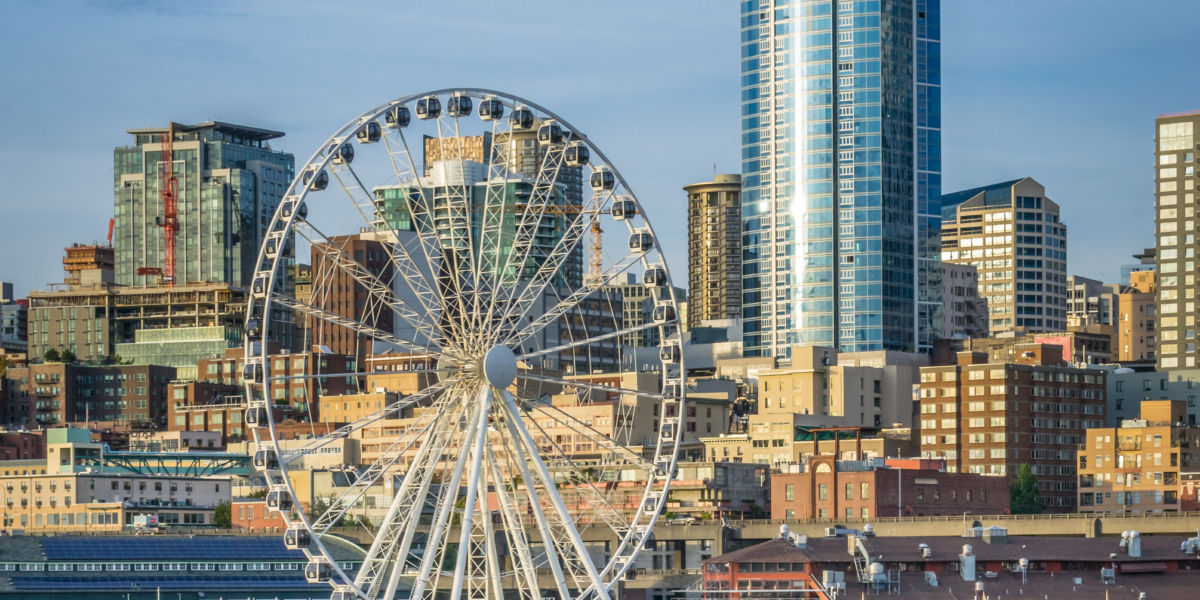
5 Tips for Taking Amazing Travel Videos
Pro advice from filmmakers on how to capture the essence of a travel destination in your Instagram videos

Seattle is a hub for creativity. Not only does the city attract talent from all over the world, but also its varied landscape and dynamic energy make for one of the most inspiring settings. That’s why the city tapped five filmmakers from across the country, including three from the West, to create short videos influenced by the Emerald City and interpreted through the five senses. The initiative titled “Project Five by Five” yielded wildly different and entertaining results—from a whimsical animated, Sasquatch-led tour of town to a documentary-style, day-in-the-life of a dairy farmer—but each had two things in common: They made you want to go to Seattle and would certainly generate a double-tap if it came across your Insta feed.
Visit Seattle, the group responsible for the progress and tourism of the city, debuted the short films with a takeover-event at 2017’s Sundance Film Festival in Park City, Utah—the first of its kind at the fest. We took the opportunity to poll each director to find out what they think makes for a great travel video and how you can better capture your adventures.
